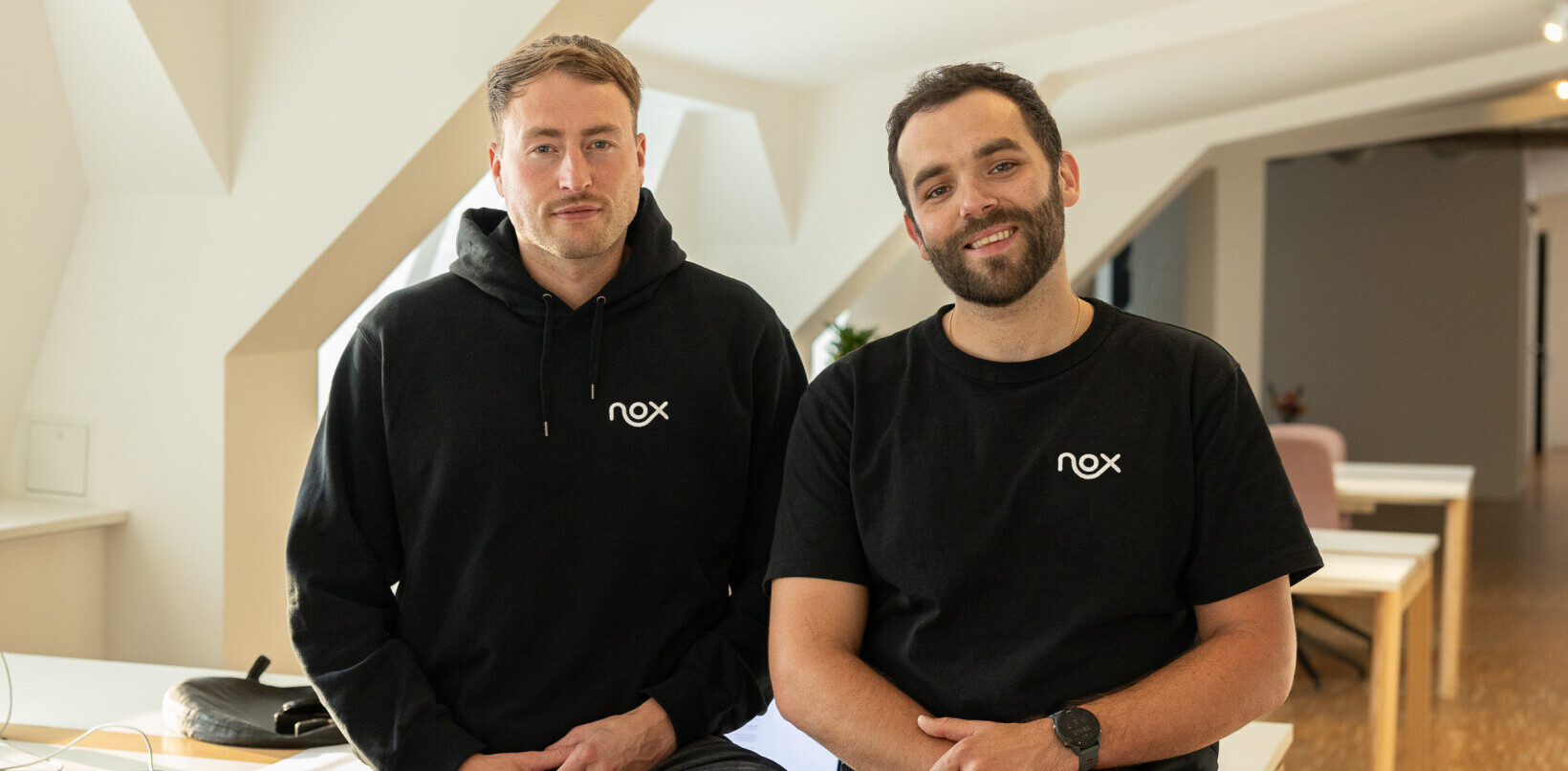
There’s no universally agreed-upon definition of a “deep tech” startup, but in my experience, they’re usually product-centered businesses whose vision is set out by technical founders that focus on scientific and engineering innovations.
That means their culture is usually all about the product, with founders and core teams rarely having any interest in, or giving thought to, their marketing and sales strategy.
While this focus can be a strength in product development, it’s an issue when it comes to one hugely important area: pricing.
Many deep tech startups fail to fully develop or consistently leverage an effective pricing strategy, especially first-time founders in their business’s early stages. As deep tech products are often sold in a business-to-business (B2B) environment, with long-term enterprise sales cycles that require a finely tuned strategy, this can be especially problematic.
Companies operating in a business-to-consumer (B2C) model can easily ascertain a customer’s willingness to pay by looking at what competitors or adjacent companies are selling on store shelves. B2B startups don’t enjoy that luxury.
Since they can’t go directly to consumers to discover willingness to pay, the pricing of B2B deep tech products instead depends on the product doing two things:
- Having a literal value for a customer’s bottom line
- Having a psychological value to the customer
Literal value is determined by how well a product can help customers cut costs or grow their revenue. Psychological value, however, is shaped by how a customer feels a product will impact their business.
While this might seem like a subtle distinction, it’s an important one.
Humans act on intuition and often make judgments with incomplete information, so nailing psychological value is extremely important, as is adapting your approach to conditions in the market.
Making a good first impression and making the initial perceived value of a product seem high is often what determines whether a sale can happen, rather than the detailed breakdown of efficacy.
That’s why the very first step to pricing your product correctly is to know your own costs.
When companies first begin to explore what the cost of their product should be, they often fail to consider their own internal costs. Running out of money is also the second biggest reason most startups fail.
So understanding where your breaking point for pricing lies is the first step in understanding what your pricing should be. For example, if a service costs $500 a month in server costs and maintenance, you wouldn’t want to come lower than that.
But in my experience, once you know your own costs, pricing for deep tech startups boils down to two things:
1. Focus on perceived value
Maximizing your perceived value is the next rule in your pricing strategy. And when it comes to a B2B context, the best way to maximize your perceived value is to make it easy for a prospective customer to imagine how a product will fit into their lives — and how it will continue to do so over time.
Keep in mind though that the customer may not always be the user, especially within large organizations. So it’s important to understand who you are presenting to when presenting your pricing.
If a customer can intuitively tie your product — and its attached costs and benefits — into their own ways of measuring progress and success, then they’ll need to put in far less effort to understand it.
Humans tend to default towards the path of least resistance, so when it comes to pricing strategy you should reduce their cognitive load and tie pricing into the metrics they use internally.
In the B2B deep tech case, that means your pricing strategy should tie into the productivity model of a customer. For example, setting and advertising your product’s initial price relative to the amount of man-hours saved, which will change based on need and want.
In addition, don’t be afraid to leverage time-tested strategies such as benchmarking your prices relative to what you know of your competitors. Price is often used as a proxy for quality, so make sure to advertise a higher price if you can suggest your product’s returns are correspondingly higher than a competitor
Going back to our previous example, you could compare your man-hours saved between your competitor’s product and your own, and set your prices appropriately to reflect this difference. If you can prove a positive return on investment, then pricing falls right into place.
2. Regular revisits
I find that for deep tech startups finding a way to translate their novel products into something that can signal psychological value is often one of the hardest tasks at hand.
Ultimately, prices need to have a quick emotional appeal to decision-makers, whose choices are often split-second. To encourage these decisions to be positive, prices should be easy to understand and something that can quickly be tied to a customer’s business model.
The best way to achieve this is through setting prices that clearly relate their cutting-edge work to the operations of their prospective customers and adapting prices to the state of the market.
If you’re a deep tech startup and you’ve been having no luck with price, try following the above tips to see if you can raise the perceived value of a product first, before contemplating cutting the price.
But if you find that your current price is unviable and no psychological burnish can make it work, never feel afraid to change it.
Get the TNW newsletter
Get the most important tech news in your inbox each week.





